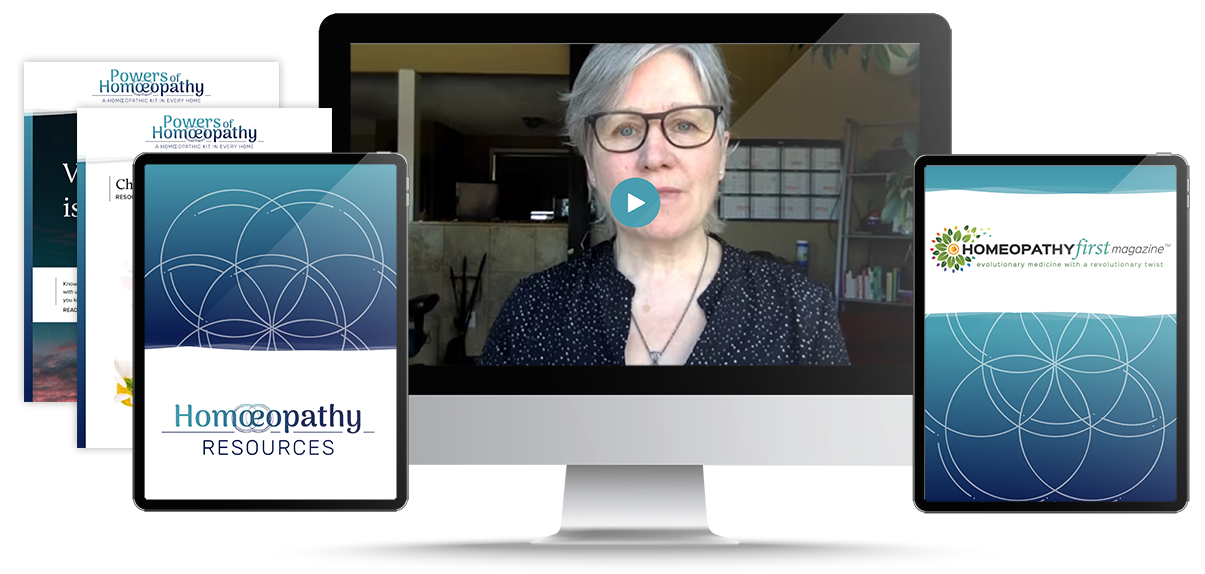Trees. Unless you live in a desert, they are all around us. When you look at a tree, what do you see? What tree comes to mind for you? Do you ever consider what is below the tree, under the ground? What do trees need to live? How does a tree get what it needs to live and thrive? Leaves, roots and trunk…what goes on inside a tree?
Or maybe, what comes to mind for you when you think of trees and forests, is the clear-cut forestry that is happening, particularly in Canada. Sure…the forestry companies plant trees (one or two species) to replace what has been cut down but is that enough? And how or what does homeopathy have to do with trees?
Talking with Trees
Trees seem to be speaking to me of late. The birch in my parents’ back yard (newsletter on cancer 3 weeks ago), a review that led me to a book to be published in September called “The Hidden Life of Trees: What They Feel, How They Communicate — Discoveries From a Secret World by Peter Wohlleben,” and just last week, a stumble onto a TED talk by Suzanne Simard, “How Trees Talk to one another.”
Homeopathy has a whole lot to do with trees it seems…even more than the fact that many of our homeopathic remedies come from tree sources.
We can take some important lessons from trees about how our own immune system works!
Amazing Fact #1 – Co-operation not Competition
One of the most amazing concepts from me that I took away from Suzanne’s Simard’s TED talk is that trees talk! They ‘speak’ in carbon, nitrogen and phosphorous; in hormones and water…elements that are in us as humans as well. Maybe our cells ‘talk’ as well? In the language of chemicals? Maybe our immune system ‘talks’?
In the beginning (some 30 years ago), Simard had difficulties getting funding to support her hypothesis that trees talk to one another. But she was undaunted and went ahead anyway. She set up her experiment to see if paper birch would ‘talk’ to Douglas Fir but not to western Red cedar. Long experiment, short version…her hypothesis proved true! Here is the big discovery in her words:
” And at that moment, everything came into focus for me. I knew I had found something big, something that would change the way we look at how trees interact in forests, from not just competitors but to cooperators. (My emphasis) And I had found solid evidence of this massive belowground communications network, the other world.”
As Below, So Above
From Simard:
“How were paper birch and Douglas fir communicating? Well, it turns out they were conversing not only in the language of carbon but also nitrogen and phosphorus and water and defense signals and allele chemicals and hormones — information. And you know, I have to tell you, before me, scientists had thought that this below-ground mutualistic symbiosis called a mycorrhiza was involved. Mycorrhiza literally means “fungus root.” You see their reproductive organs when you walk through the forest. They’re the mushrooms. The mushrooms, though, are just the tip of the iceberg, because coming out of those stems are fungal threads that form a mycelium, and that mycelium infects and colonizes the roots of all the trees and plants. And where the fungal cells interact with the root cells, there’s a trade of carbon for nutrients, and that fungus gets those nutrients by growing through the soil and coating every soil particle. The web is so dense that there can be hundreds of kilometers of mycelium under a single footstep. And not only that, that mycelium connects different individuals in the forest, individuals not only of the same species but between species, like birch and fir, and it works kind of like the Internet.”
This is how our immune system works…cooperatively rather than competitively or rather than a ‘war zone’. Consider the words used to describe the immune system and how we understand infection and disease in the body…attack/defend, kill, destroy, burn, radiate, soldiers, killer cells etc (what words come to mind for you when you hear talk of illness and the immune system that are taken from the metaphor of war? Send them to me.)
Is it possible that within the human physical form we have a network? Of course there is…all systems work as a whole. We have within our microbiome fungus, virus, bacteria and all matter of human and non-human cells…all living together cooperatively until there is an imbalance whether through intoxication (poisons in the environment, ingestion, injection, emotions, thoughts). Then a whole immune system response is set into place to put the microbiome back in order when there is nutritional and energetic support.
Is it possible that natural childhood infections could be beneficial? That somehow even the viruses are working as co-operators within the human immune system to support evolving rather than somehow ‘competing’?
Here is a paper that examines the potential of a mumps infection to prevent cancer and the conclusion:
http://www.ncbi.nlm.nih.gov/pmc/articles/PMC2951028
“Prior to vaccination, mumps was generally a mild illness but could have serious sequelae including orchitis and sterility, meningitis and deafness, and pancreatitis. Nevertheless, our study suggests there could also have been unanticipated long-term anticancer benefits of a mumps infection, such as we have described in this paper.”
Unfortunately, the paper then goes on to suggest that a vaccine is somehow still going to be better than a natural infection…just build a better vaccine to avoid the illness. Not sure that can happen.
With homeopathy and even a simple supplement like Vitamin C, uncomfortable symptoms and potential complications can be avoided with the benefit of lifelong immunity and perhaps even long term cancer prevention. Radical? Pretty much.
Conversation and Co-operation: As Without in the Forest, So Within in the Immune System
Back to the trees with Simard, here is what else she discovered:
“Through back and forth conversations, they increase the resilience of the whole community. It probably reminds you of our own social communities, and our families, well, at least some families.
So let’s come back to the initial point. Forests aren’t simply collections of trees, they’re complex systems with hubs and networks that overlap and connect trees and allow them to communicate, and they provide avenues for feedback and adaptation, and this makes the forest resilient. That’s because there are many hub trees and many overlapping networks. But they’re also vulnerable, vulnerable not only to natural disturbances like bark beetles that preferentially attack big old trees but high-grade logging and clear-cut logging. You see, you can take out one or two hub trees, but there comes a tipping point, because hub trees are not unlike rivets in an airplane. You can take out one or two and the plane still flies, but you take out one too many, or maybe that one holding on the wings, and the whole system collapses.”
Maybe as humans, we can look at ourselves like a stand of trees in the forest, singly and collectively. We too are hubs and networks and maybe naturally occurring childhood illnesses actually help us to evolve and adapt, passing on cellular information that prevents long term chronic diseases like cancer.
Amazing Fact #2 Self-Healing is the Norm
From Simard:
“So I want to come back to my final question: instead of weakening our forests, how can we reinforce them and help them deal with climate change? Well, you know, the great thing about forests as complex systems is they have enormous capacity to self-heal (my emphasis). In our recent experiments, we found with patch-cutting and retention of hub trees and regeneration to a diversity of species and genes and genotypes that these mycorrhizal networks, they recover really rapidly. So with this in mind, I want to leave you with four simple solutions. And we can’t kid ourselves that these are too complicated to act on.”
Simard goes on to make suggestions on how to help support healing of our forests. Do check out her talk to find out what you can do. There is a great deal of cross over too as to what we can do to support self-healing within our human physical form.
Here are four suggestions for what we can do to support self-healing:
- Medicine should not be “a one-size fits all”. Homeopathy is brilliant in that it can individualize a remedy for a child/person. Be sure to advocate for yourself and for those you love as to what medications and/or vaccinations are being recommended. Read product monographs, know what the side effects are and research to see if there is something you can do to prevent before medication is needed.
- Know your family medical history. Knowing what you know about relatives can be a reliable indicator of whether or not you need to follow through with genetic testing prior to a medical intervention like vaccination.
- Be a repository of health information for yourself and your family. Work as a team with your health care providers, conventional and/or complementary/alternative.
- Diversity in our human microbiome is so important. You are likely familiar with the idea now that when antibiotics are prescribed, the gut bacteria need to be replenished. Antibiotics are not discriminating as to which bacteria they target and destroy (see…the war metaphor…even the name antibiotic means ‘anti-life). Fermented foods are very popular now but in our grandparents’ day, fermented foods were a necessity when long term storage was an issue and a way to preserve food for the long winters or the long seasons without fresh food.
As Suzanne Simard says:
“We have to give Mother Nature the tools she needs to use her intelligence to self-heal. And we need to remember that forests aren’t just a bunch of trees competing with each other, they’re super-cooperators.”
Homeopathy is one of the complementary modalities that can really help support the living being (plants, animals and humans) to self-heal – first energetically, then mentally, emotionally and physically.
Finally, make sure that you have a homeopath as part of your health care team. Let’s be super-cooperators!
Yours in health, healing and co-operation,
Donna




